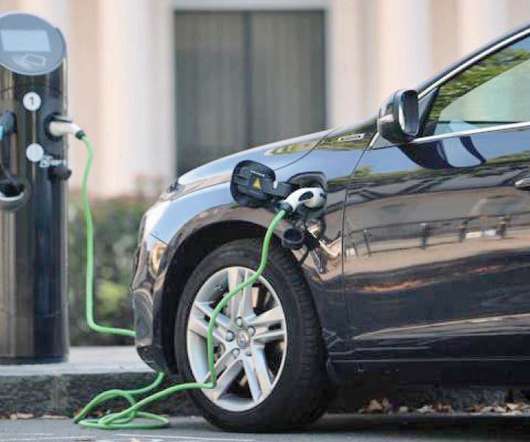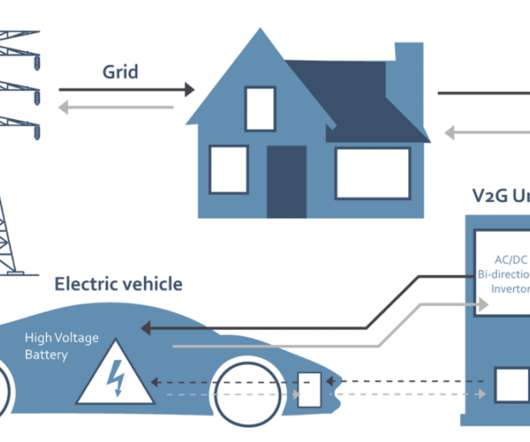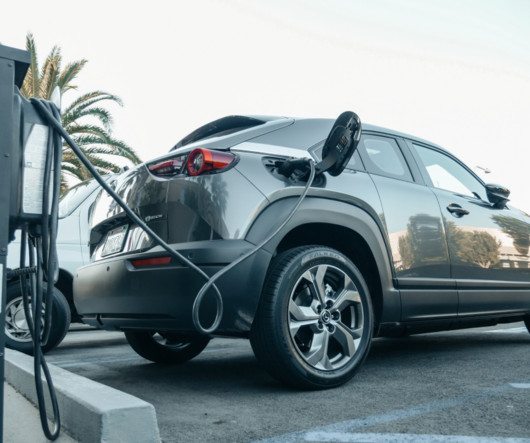Australia unveiled its new EV policy
Electric Vehicles India
NOVEMBER 8, 2021
The federal government has revealed its strategy to boost low emission vehicles including some $178 million in funding for charging infrastructure (EV and hydrogen). It said that it will be helping the businesses set up charging stations for fleets and would “co-invest with industry” to install an estimated 50,000 smart chargers in homes.










Let's personalize your content